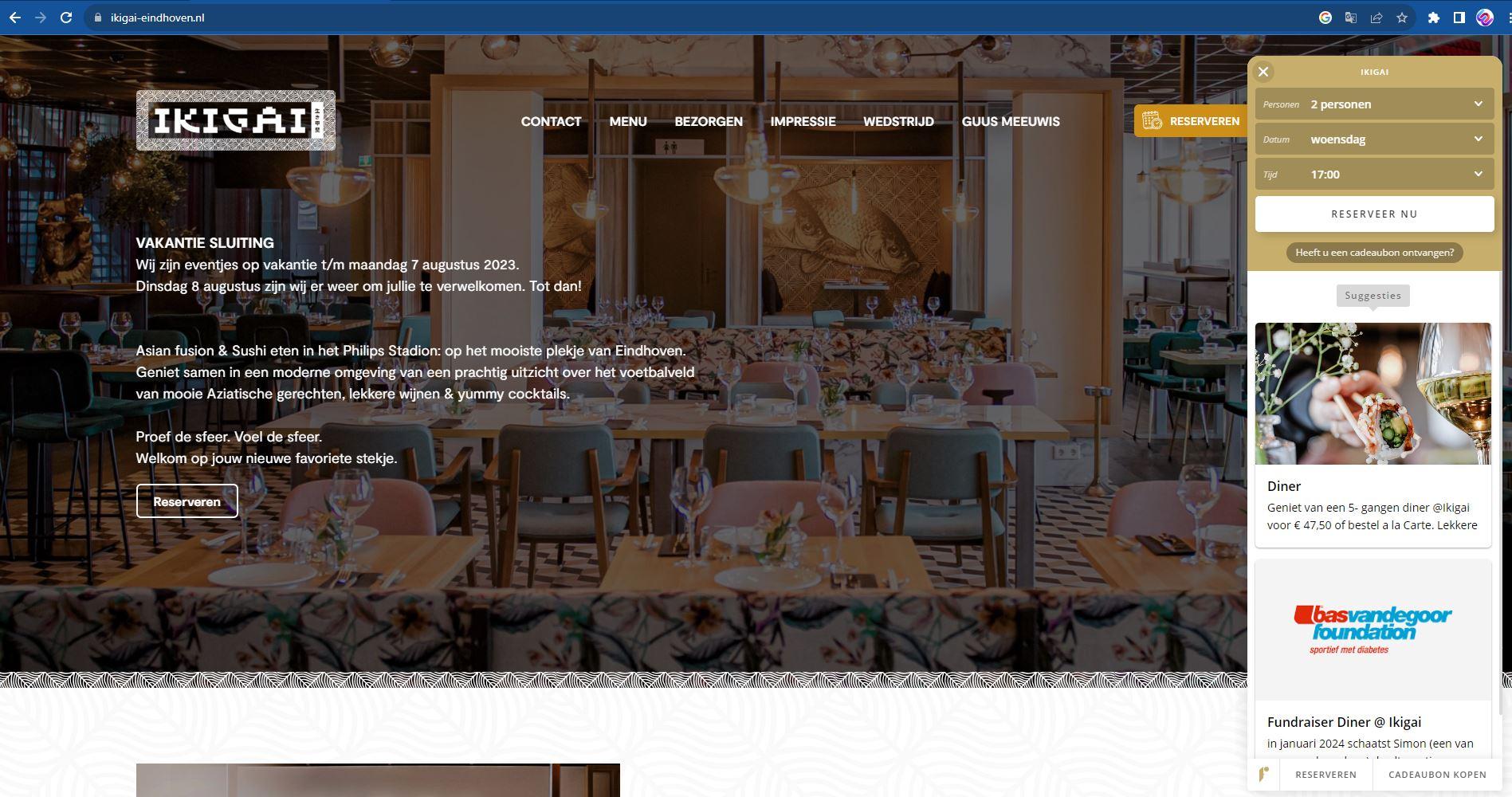In today’s fast-paced digital landscape, businesses are continually seeking innovative ways to enhance their operations and connect with their audience. One avenue that has gained significant traction is the development and utilization of web applications, or web apps. These dynamic tools offer a myriad of benefits that can significantly impact a company’s efficiency, customer engagement, and overall success. In this article, we will explore the key aspects of web apps and delve into when and how they can be a valuable asset for your company.
Introduction
In a digital era where connectivity and convenience reign supreme, web apps have emerged as a powerful tool for businesses looking to establish a robust online presence and streamline their operations. Unlike traditional software applications that need to be downloaded and installed, web apps are accessible through web browsers, making them an attractive option for companies seeking agility and widespread accessibility.
Understanding Web Applications
Web applications, often referred to as web apps, are software programs that run on web servers and are accessed through web browsers. They encompass a wide range of functionalities, from simple calculators to complex project management tools. Web apps are designed to provide users with an interactive and engaging experience, mirroring the capabilities of native applications.
Advantages of Web Apps
3.1 Streamlined Accessibility
One of the primary advantages of web apps is their accessibility. Users can access the app from any device with an internet connection and a web browser. This level of flexibility eliminates the need for installation and allows users to seamlessly transition between devices without losing their progress.
3.2 Cost-Effectiveness
Web apps can significantly reduce costs compared to developing separate native apps for different platforms (iOS, Android, etc.). A single web app can cater to various devices, reducing development and maintenance expenses.
3.3 Seamless Updates and Maintenance
Web apps can be updated on the server-side without requiring users to download and install updates manually. This ensures that all users are using the latest version of the app, leading to a more consistent and user-friendly experience.
Web Apps vs. Native Apps
While both web apps and native apps have their merits, web apps offer distinct advantages in terms of accessibility and cost-effectiveness. Native apps, on the other hand, provide a more tailored and optimized experience for specific platforms.
Identifying Opportunities for Web Apps
5.1 Process Optimization
Web apps can streamline internal processes by automating repetitive tasks and centralizing data management. This optimization can lead to increased efficiency and reduced human errors.
5.2 Customer Engagement
Interactive web apps can enhance customer engagement by offering personalized experiences and real-time interactions. Features such as live chat, feedback forms, and interactive tutorials can foster a deeper connection with customers.
5.3 Data Analysis and Reporting
Web apps can collect and analyze user data, providing valuable insights into customer behavior and preferences. This data-driven approach enables informed decision-making and targeted marketing strategies.
Developing a Web App
6.1 Defining Objectives and Features
Before embarking on web app development, it’s crucial to define clear objectives and outline the desired features. This roadmap will serve as a guide throughout the development process.
6.2 Choosing the Right Technology
Selecting the appropriate technology stack is essential for the success of your web app. Factors such as scalability, performance, and compatibility should influence your technology choices.
6.3 User-Centered Design
Prioritize user experience by adopting a user-centered design approach. Intuitive navigation, responsive design, and clear calls-to-action contribute to a positive user journey.
Measuring Web App Success
7.1 Key Performance Indicators (KPIs)
Identify relevant KPIs to measure the effectiveness of your web app. Metrics such as user engagement, conversion rates, and page load times offer insights into its performance.
7.2 User Feedback and Iteration
Encourage user feedback to continuously enhance your web app. Regular updates and iterative improvements based on user suggestions can lead to a more refined and user-friendly application.
Potential Challenges and Solutions
8.1 Security and Privacy Concerns
Address security and privacy issues through robust encryption, regular security audits, and compliance with data protection regulations.
8.2 Cross-Browser Compatibility
Ensure cross-browser compatibility by testing your web app on various browsers and devices, optimizing its performance and appearance.
8.3 Scalability and Performance
As your user base grows, ensure your web app can handle increased traffic and maintain optimal performance. Scalability measures, such as load balancing, can prevent crashes during peak usage.
Conclusion
In a digital landscape marked by rapid technological advancements, web apps have emerged as a versatile and powerful solution for businesses aiming to enhance their operations and connect with their audience. With their accessibility, cost-effectiveness, and potential for innovation, web apps offer a pathway to improved efficiency, customer engagement, and overall success. By leveraging the opportunities and insights provided in this article, your company can embark on a transformative journey toward web app integration.





